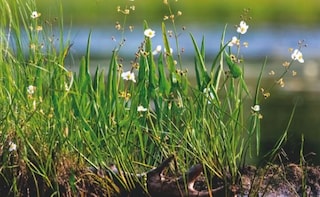‘Arrowheads seem to thrive in the somewhat boggy conditions. Another edible plant worth trying is water spinach’
Arrowheads are aquatic herbaceous perennials from North American. Photograph: Linda Freshwaters Arndt/Alamy
Advertisement
Arrowheads are aquatic herbaceous perennials from North American. Photograph: Linda Freshwaters Arndt/Alamy
Advertisement
For the latest food news, health tips and recipes, like us on Facebook or follow us on Twitter and YouTube.
Advertisement
Tags:
